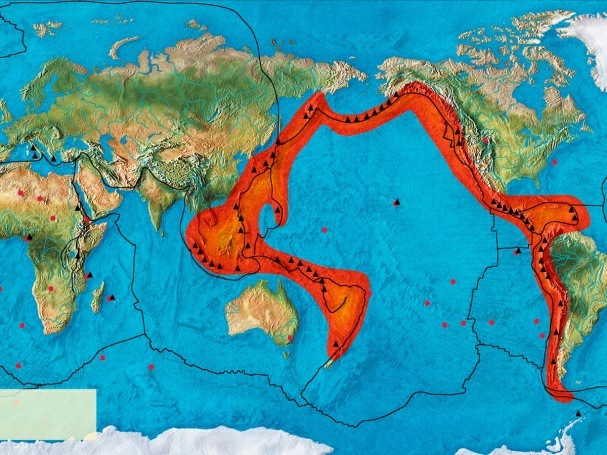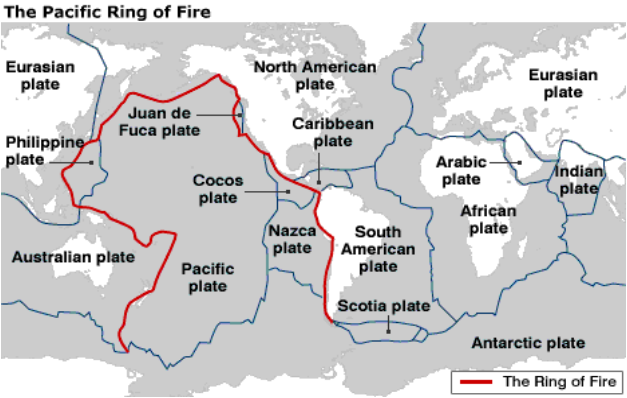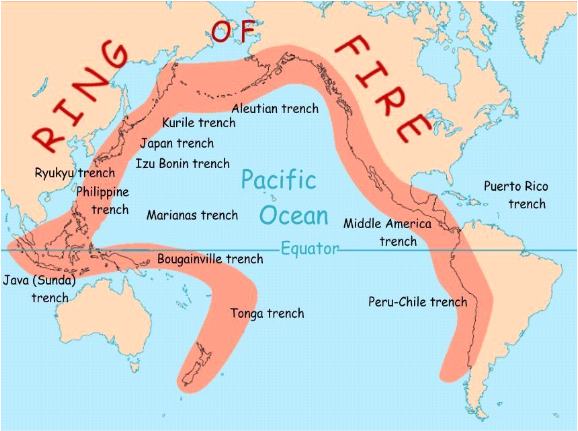Free Courses Sale ends Soon, Get It Now


Free Courses Sale ends Soon, Get It Now



Disclaimer: Copyright infringement not intended.
Context
Pacific Ring of Fire
Location
Areas included
Formation
Volcanoes in it


© 2024 iasgyan. All right reserved